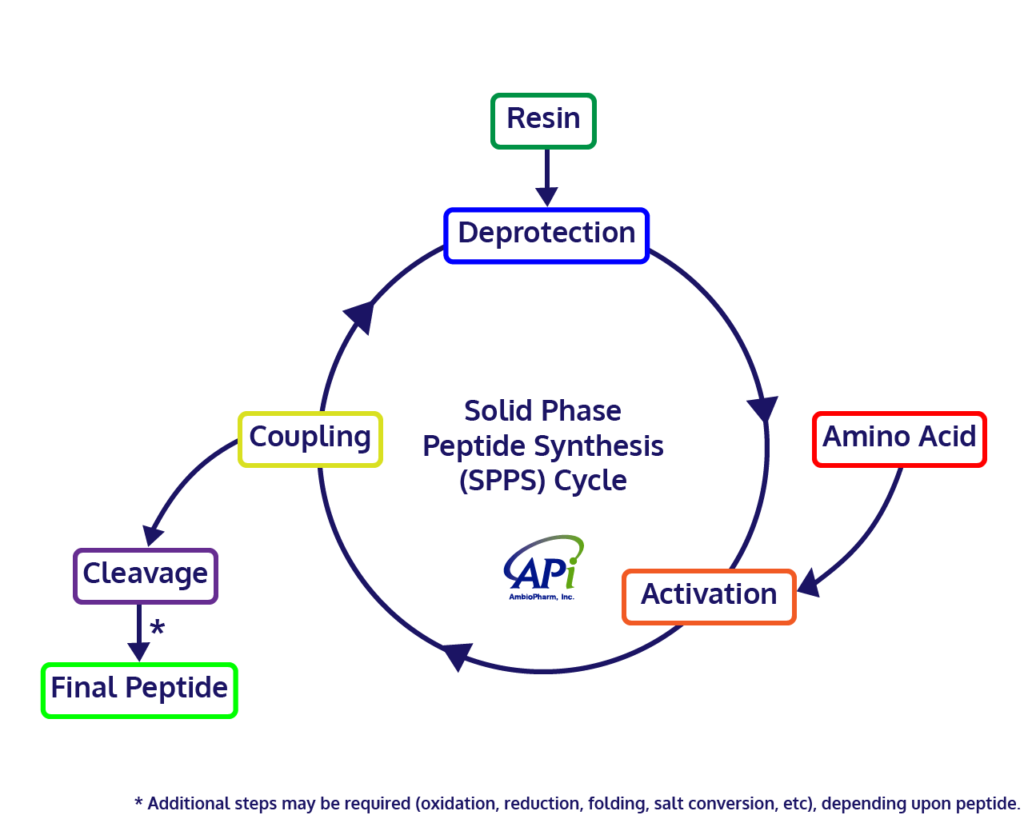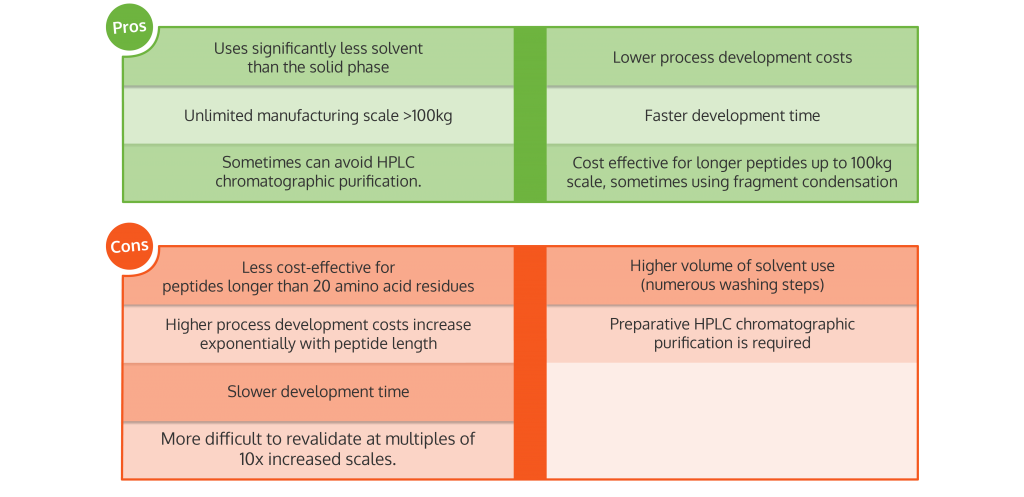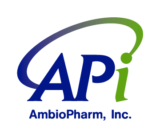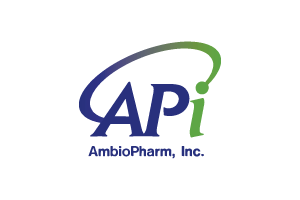Peptides are generally chemically synthesized from the carboxy-terminus (C-terminus) to the amine-terminus (N-terminus) of the sequence. Usually in solid-phase peptide synthesis (SPPS), the C-terminal residue (amino acid located at the rightmost or carboxylic acid end of the peptide) is either preloaded on the solid-phase support (in the case of Wang resins) or loaded directly at the start of synthesis (in the case of 2-CTC (2-chlorotrityl chloride) resins or Amide resins). In some cases, solution phase (or liquid phase, LPPS) peptide synthesis methods are used or a hybrid of both solid-phase and solution phase methods.

Liquid Phase Process vs Solid Phase Process

See also, What methods do you use to synthesize peptides and Peptide Synthesis Strategies. Interested in learning more about Peptide Manufacturing? Contact Us.

 中文
中文